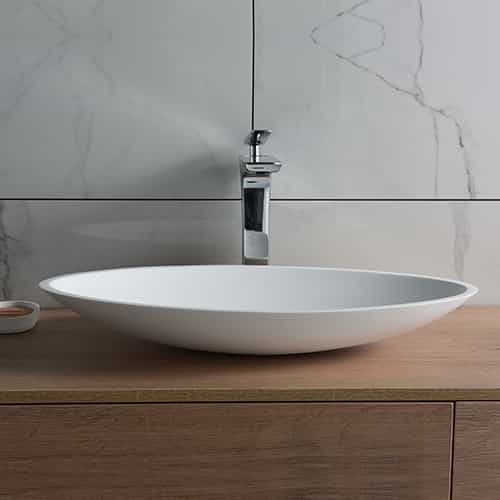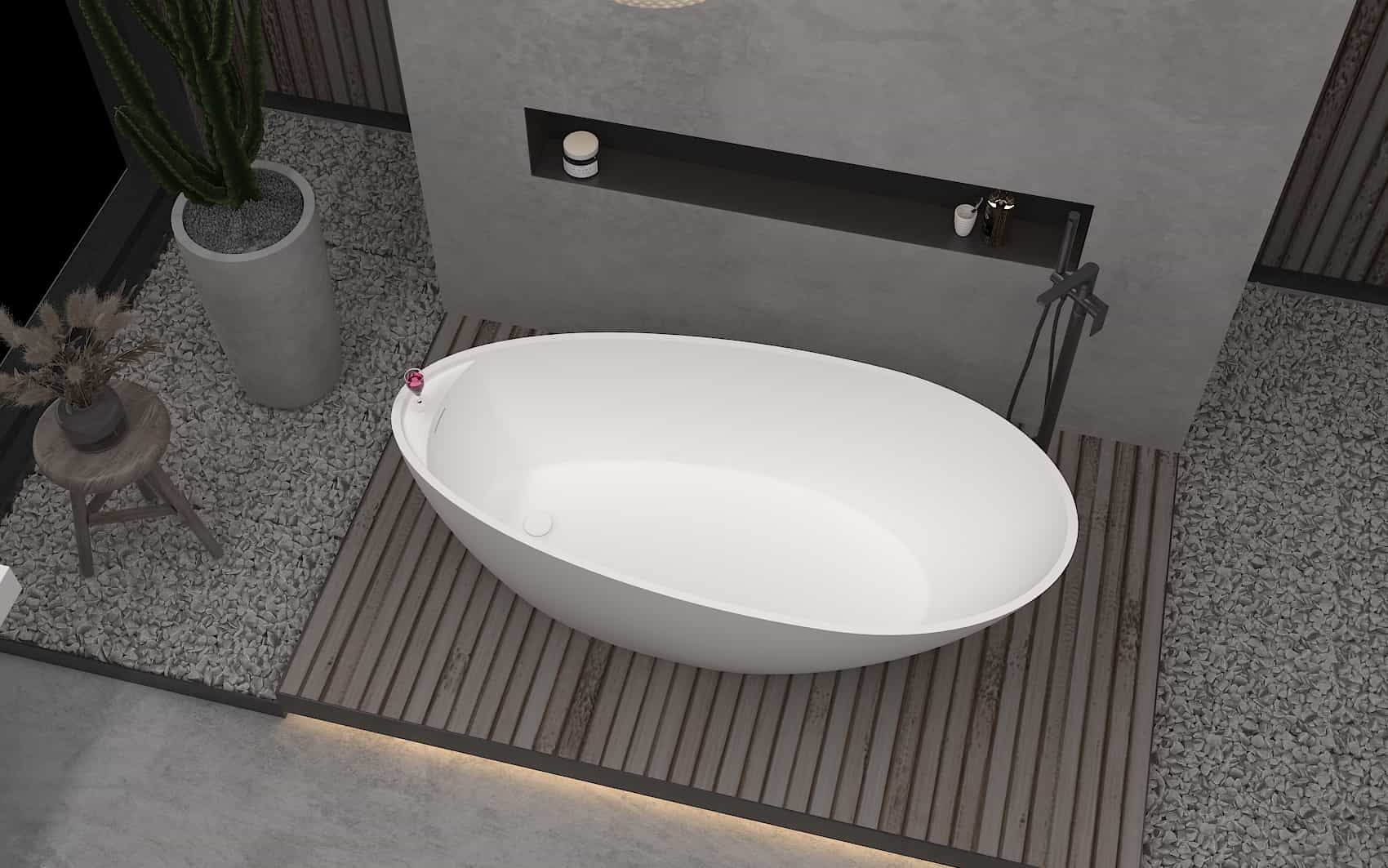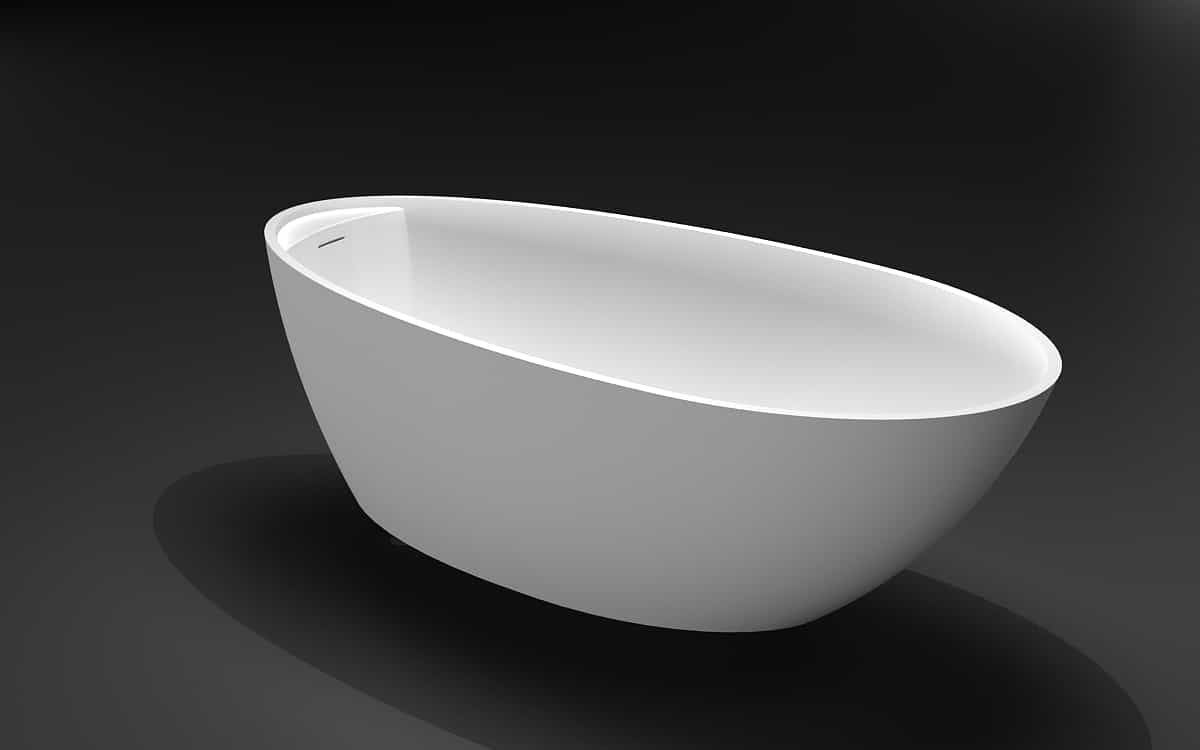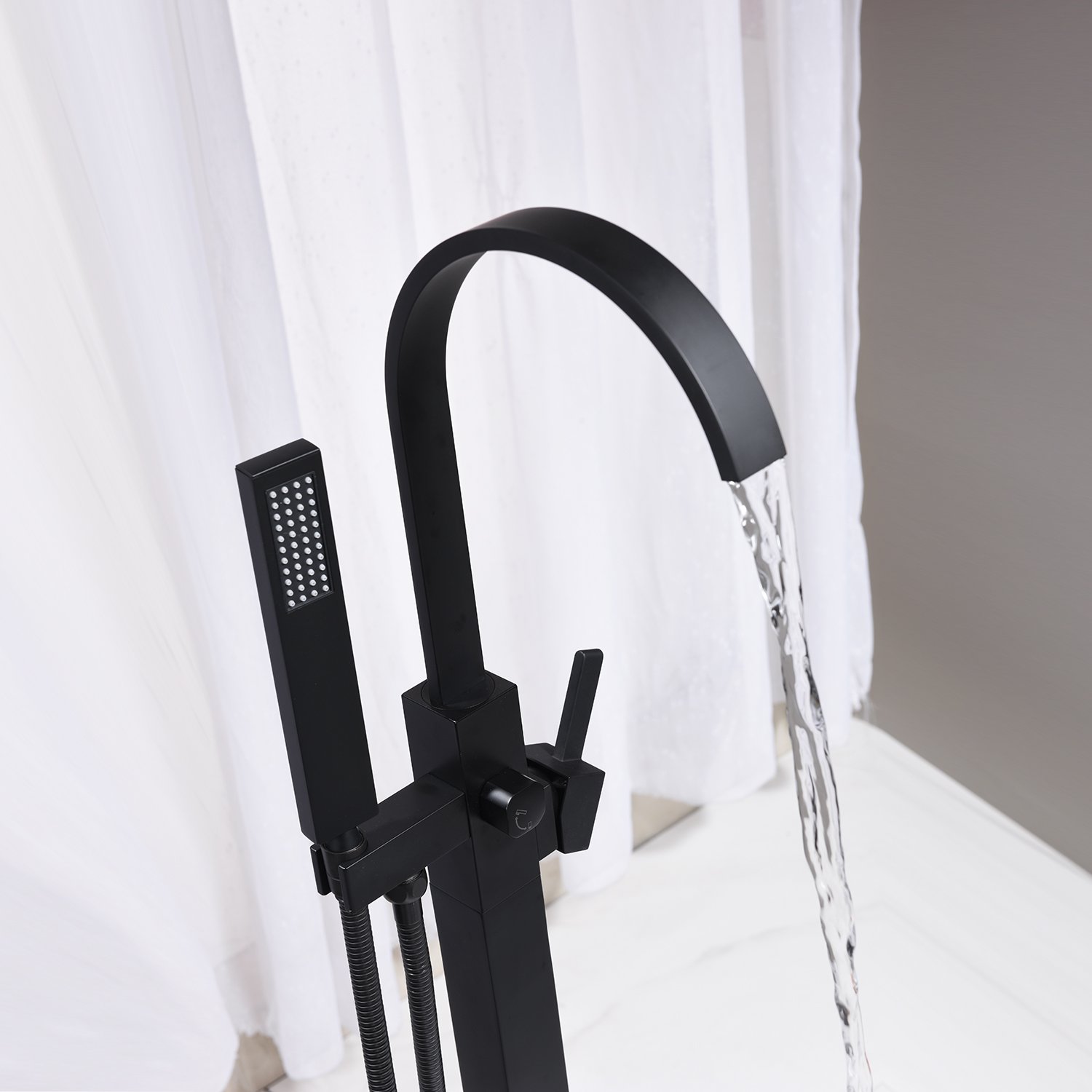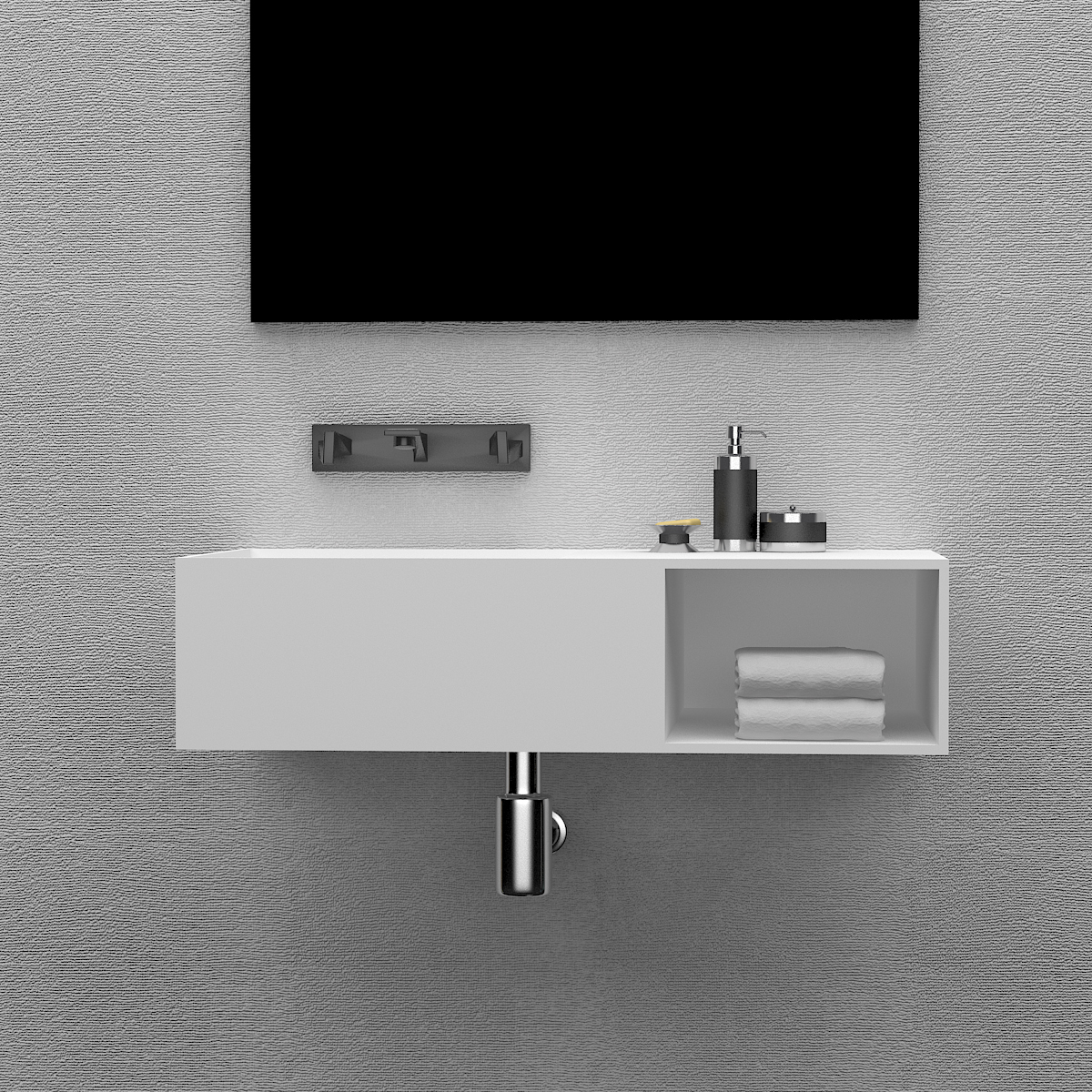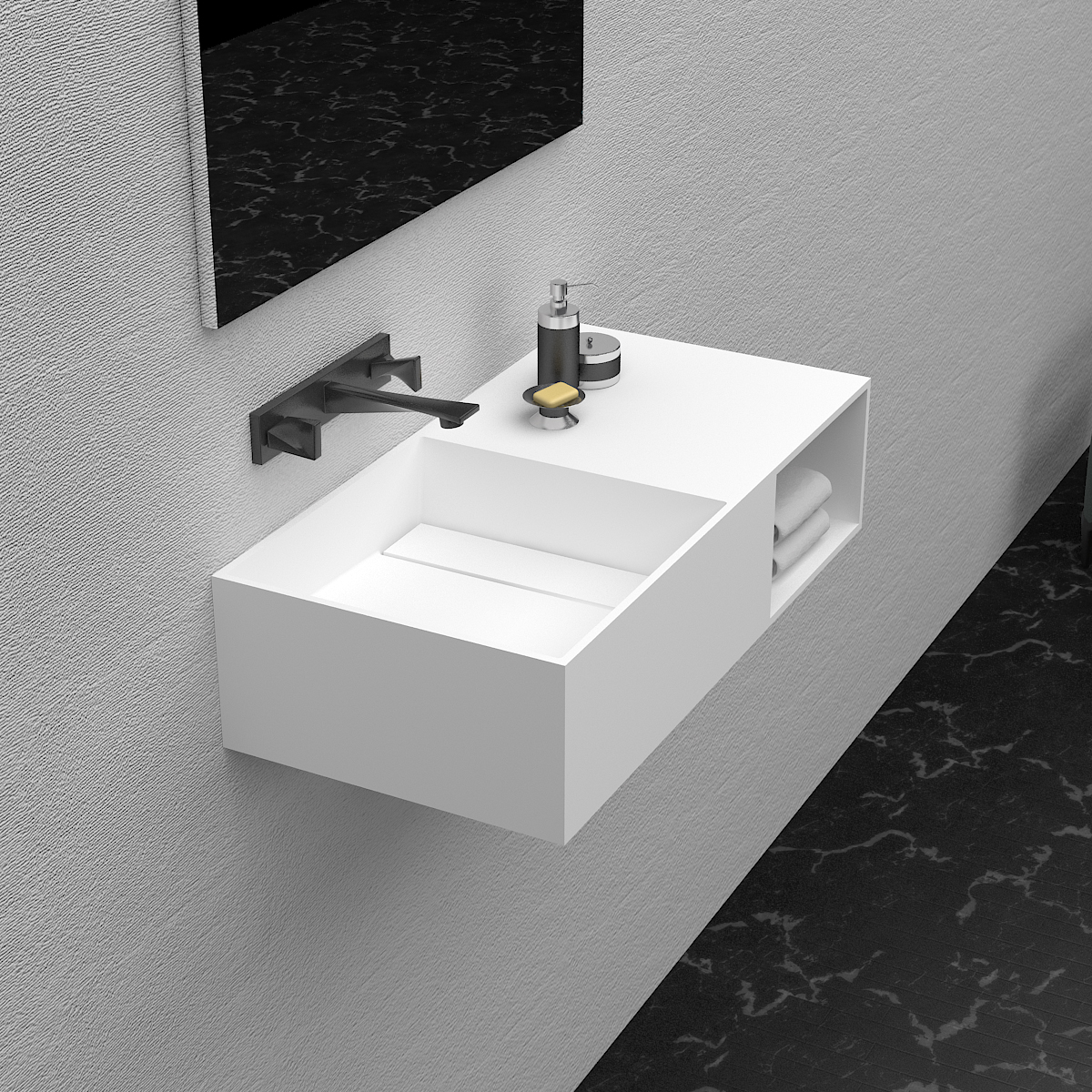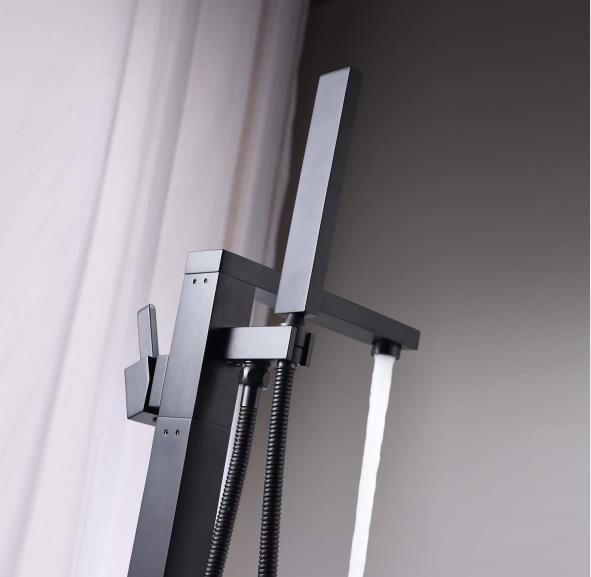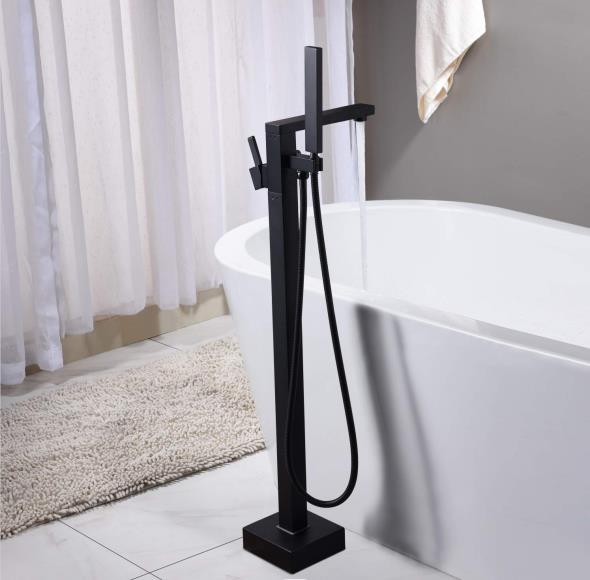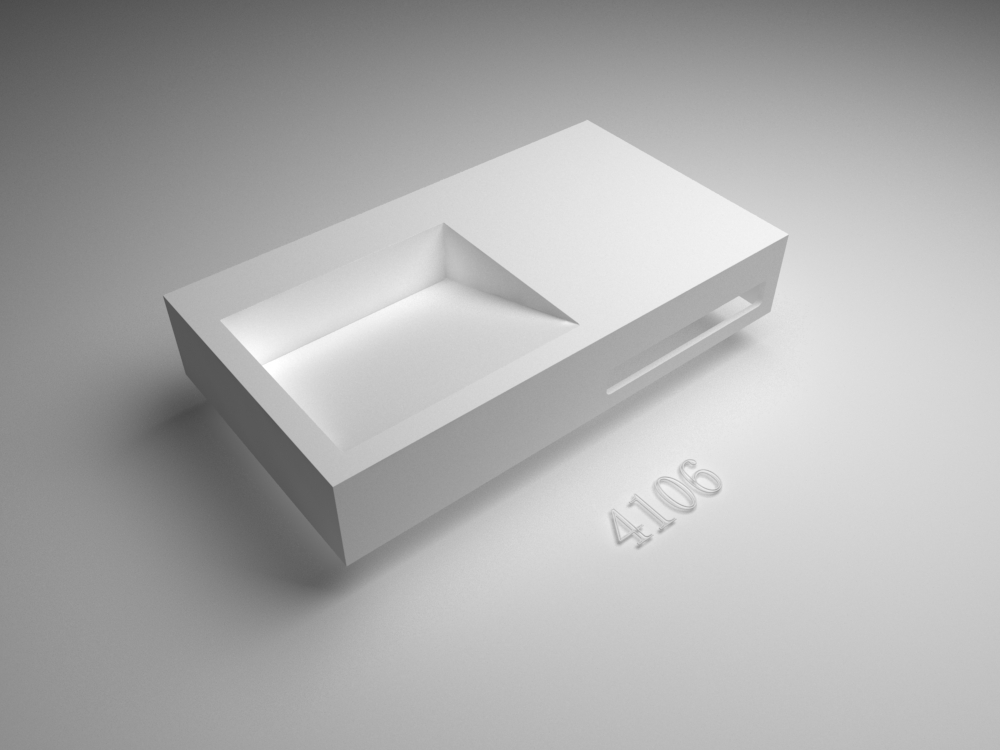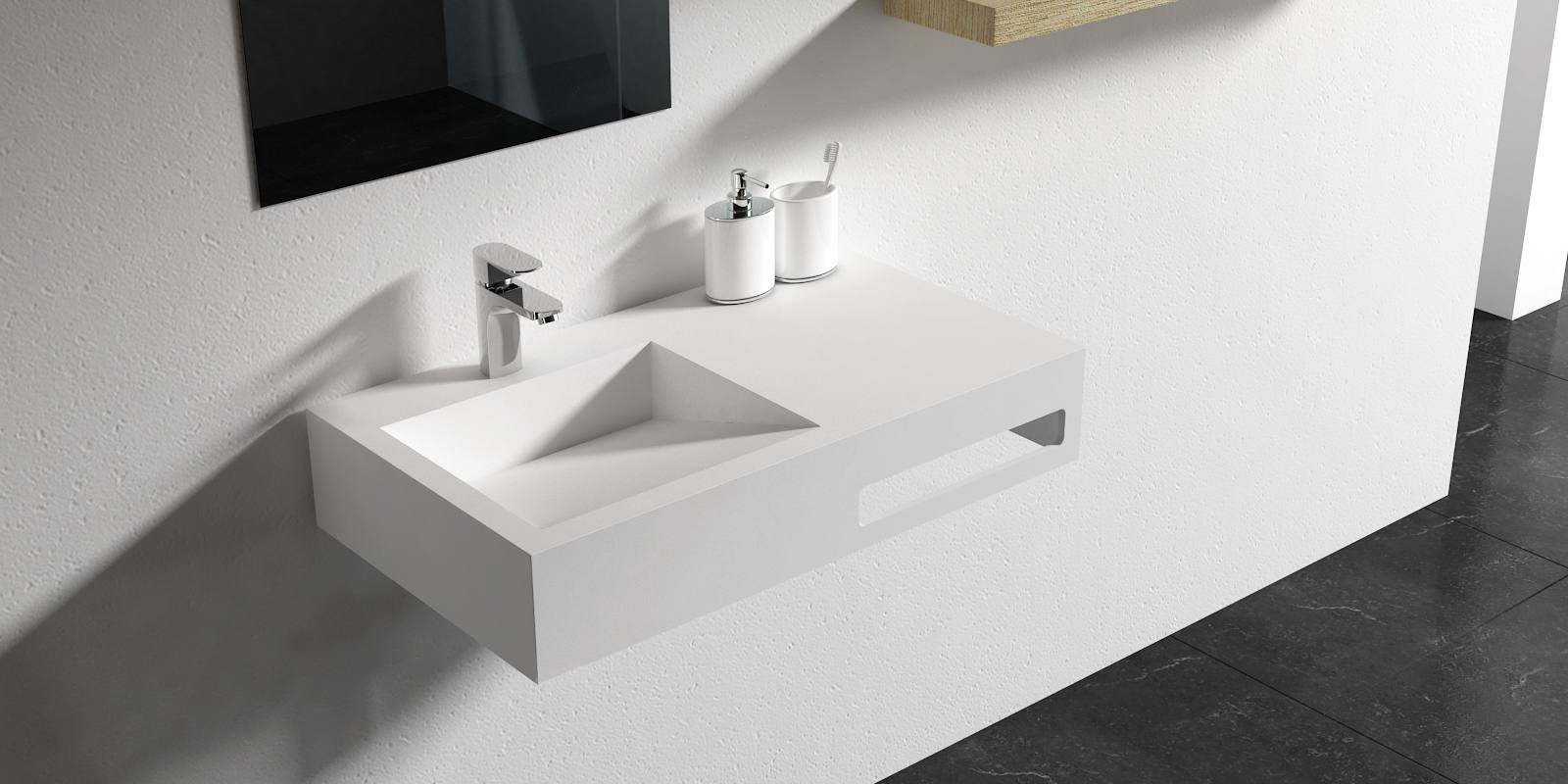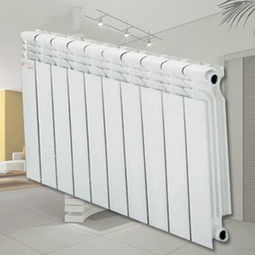
There is heating in the north, but not in the south, because the winter in the northern country is cold, and the wind is piercing. If there is no heating, it is difficult to sleep.
Radiator radiators are no strangers to northerners. What we install indoors is a radiator, which transfers the heat carried by the heat medium to the air in the room to compensate for the heat consumption of the room and maintain a certain air temperature in the room. Purpose.
So how to choose the radiator radiator? Let the editor take you a detailed understanding of it below. Generally speaking, we can start from the following five aspects:
1. From the material point of view: good thermal conductivity, fast heat dissipation, high thermal efficiency, and relatively energy saving.
The thermal conductivity of various materials is ranked as follows: copper, aluminum alloy, cast aluminum, steel, cast iron, stainless steel, plastic. In terms of thermal efficiency, copper is the best, aluminum is the second, steel is the best, and plastic is the worst.
2. From the perspective of production conditions: products with simple process, mechanization, high degree of automation and low energy consumption save energy.
The production process of cast iron radiators is complex, and the total energy consumption is high. The production process of steel radiators is relatively simple, mechanized, and has a high degree of automation.
3. From the metal thermal strength index: energy saving with high numbers.
Metal thermal strength is the heat dissipation amount of metal per unit mass of metal per unit temperature under standard test conditions, and the unit is W/KG °C. It is a technical and economic index, reflecting material saving and energy saving.
Different materials and forms of radiator have different metal thermal strength values, cast iron 0.3-0.4, steel 0.8-1.0 or more, aluminum 1-3 or more, obviously, aluminum is the best, followed by steel, and cast iron is the worst.
4. From the point of view of the takeover method: the top in and the bottom out are good.
Sometimes the heat dissipation will be reduced by 20% on both sides of the bottom. It is now popular to focus on the bottom in and out, which is a hidden pipe. The water flow inside the radiator is top in and bottom out, which has little effect on the heat dissipation (about 5%).
The building maintains the structure with good thermal insulation, and the doors and windows have good sealing and thermal insulation. The indoor use of less radiators can save energy. Installing a heat insulation board on the wall of the radiator can reduce the loss of heat transfer from the wall and save energy.
5. From the surface coating of the radiator: the traditional silver powder paint will reduce the heat dissipation by about 10%, while the paint can increase the heat dissipation and save energy.
Due to the different thermal expansion coefficients of the two metals, the composite radiator increases the thermal resistance of the composite surface, which reduces the heat dissipation and is not conducive to energy saving.
The internal anti-corrosion coating has poor thermal conductivity, which affects heat dissipation and is not conducive to energy saving. The internal anti-corrosion coating process is complicated, and the production environmental protection is poor; the coating may peel off during use, affecting the water quality of the heat medium.
Environmental protection is also one of the factors to be considered. The production process of cast iron radiators is complex, the production conditions are poor, the smoke and dust are large, and the environmental protection is poor. Plastic radiators cannot be degraded after they are discarded, and they are difficult to recycle, which will pollute the environment.
There is heating in the north, but not in the south, because the winter in the northern country is cold, and the wind is piercing. If there is no heating, it is difficult to sleep.
Radiator radiators are no strangers to northerners. What we install indoors is a radiator, which transfers the heat carried by the heat medium to the air in the room to compensate for the heat consumption of the room and maintain a certain air temperature in the room. Purpose.
So how to choose the radiator radiator? Let the editor take you a detailed understanding of it below. Generally speaking, we can start from the following five aspects:
1. From the material point of view: good thermal conductivity, fast heat dissipation, high thermal efficiency, and relatively energy saving.
The thermal conductivity of various materials is ranked as follows: copper, aluminum alloy, cast aluminum, steel, cast iron, stainless steel, plastic. In terms of thermal efficiency, copper is the best, aluminum is the second, steel is the best, and plastic is the worst.
2. From the perspective of production conditions: products with simple process, mechanization, high degree of automation and low energy consumption save energy.
The production process of cast iron radiators is complex, and the total energy consumption is high. The production process of steel radiators is relatively simple, mechanized, and has a high degree of automation.
3. From the metal thermal strength index: energy saving with high numbers.
Metal thermal strength is the heat dissipation amount of metal per unit mass of metal per unit temperature under standard test conditions, and the unit is W/KG °C. It is a technical and economic index, reflecting material saving and energy saving.
Different materials and forms of radiator have different metal thermal strength values, cast iron 0.3-0.4, steel 0.8-1.0 or more, aluminum 1-3 or more, obviously, aluminum is the best, followed by steel, and cast iron is the worst.
4. From the point of view of the takeover method: the top in and the bottom out are good.
Sometimes the heat dissipation will be reduced by 20% on both sides of the bottom. It is now popular to focus on the bottom in and out, which is a hidden pipe. The water flow inside the radiator is top in and bottom out, which has little effect on the heat dissipation (about 5%).
The building maintains the structure with good thermal insulation, and the doors and windows have good sealing and thermal insulation. The indoor use of less radiators can save energy. Installing a heat insulation board on the wall of the radiator can reduce the loss of heat transfer from the wall and save energy.
5. From the surface coating of the radiator: the traditional silver powder paint will reduce the heat dissipation by about 10%, while the paint can increase the heat dissipation and save energy.
Due to the different thermal expansion coefficients of the two metals, the composite radiator increases the thermal resistance of the composite surface, which reduces the heat dissipation and is not conducive to energy saving.
The internal anti-corrosion coating has poor thermal conductivity, which affects heat dissipation and is not conducive to energy saving. The internal anti-corrosion coating process is complicated, and the production environmental protection is poor; the coating may peel off during use, affecting the water quality of the heat medium.
Environmental protection is also one of the factors to be considered. The production process of cast iron radiators is complex, the production conditions are poor, the smoke and dust are large, and the environmental protection is poor. Plastic radiators cannot be degraded after they are discarded, and they are difficult to recycle, which will pollute the environment.








